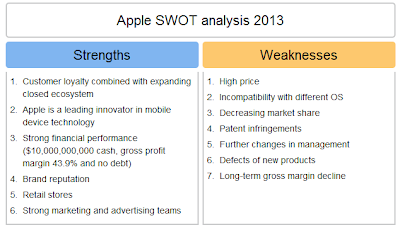Assalamualaikum..please read n enjoy this article...
Beijing has approved a long-awaited $1.3 billion joint venture between French car-maker Renault and Chinese giant Dongfeng, the Chinese firm said in a statement Thursday.
Each partner will have a 50 percent share in the new company, it said, adding the government had approved the deal and "the production of 150,000 multiple purpose vehicles and engines per year".
The two will invest a total of 7.8 billion yuan ($1.3 billion) in the joint venture, which will be based in Wuhan in the central province of Hubei, said Dongfeng, China's second-biggest car maker.
The project has been a decade in the making, after a previous unsuccessful joint venture by the French firm in China, which is the world's biggest car market.
Renault began operations with China Space Sanjiang Group in 1993 to produce the Traffic minibus, but production stopped in 2003. Dongfeng and Renault have been in talks since then.
Auto sales in China rose 4.3 percent year-on-year in 2012 to 19.31 million units, hit by limits on numbers imposed by some cities to ease traffic congestion and tackle pollution.
But a report by the consultancy McKinsey predicted last year that the country's passenger car market would grow eight percent annually to 22 million units by 2020.
Dongfeng has previously been reported to be negotiating to buy a stake in another French car firm, PSA Peugeot Citroen, with which it already has a joint venture.
"Through entering into the joint venture contract with Renault SA and the establishment of the joint venture, the overall competitiveness, brand value and technical strength and profitability of (Dongfeng) will be enhanced," the Chinese firm said.
China invest about $1.3 billion in making a joint venture between Renault and Dongfeng. It a lot amount of money right. But being joint venture with the foreign their pitfalls. Sometimes the knowledge and expertise of local partner turn out to be less valuable than expected.
sources from: http://news.malaysia.msn.com/top-stories/china-approves-dollar13-bn-renault-dongfeng-joint-venture-2














